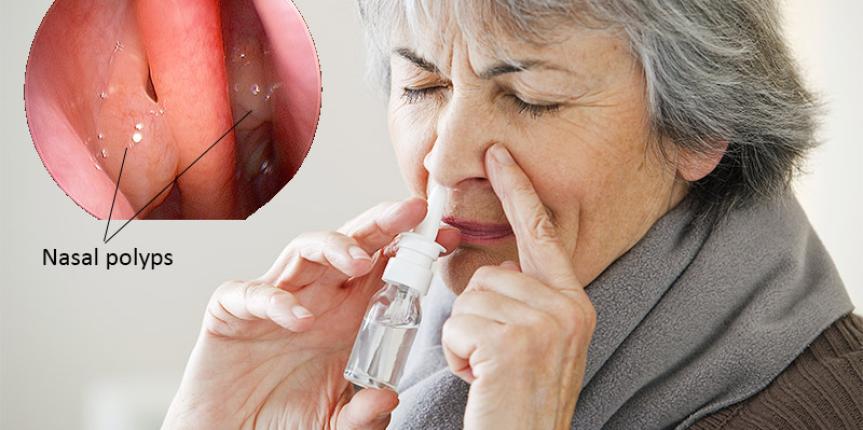The non-cancerous growths of the nasal passages and sinuses is what makes nasal polyps. These grape-like structures are common in children and adults, and are recurrent, warranting repeated visits to ENT specialist in Karachi.
Nasal polyps are a consequence of repeated inflammation, secondary to a number of causes. Read on to know more about the symptoms, causality and treatment of nasal polyps.
Table of Contents
What are the Causes of Nasal Polyps?
The exact cause of nasal polyps is not exactly understood. However, it is thought to occur secondary to chronic irritation and inflammation triggered by allergies, immune response to fungi, bacteria or viruses. This swelling occurs in the mucous membranes of the nose and sinuses, overproducing fluid and eventually pulling down these heavy cells—thereby forming polyps.
The prevalence of nasal polyps is higher in individuals with non-allergic asthma. Some other conditions associated with nasal polyps include: genetic predisposition, aspirin sensitivity, vitamin D deficiency, cystic fibrosis, allergic sinusitis and Churg-Strauss syndrome.
What are the Signs and Symptoms of Nasal Polyps?
In a few percentage of individuals with nasal polyps there are no signs and symptoms. In others, the following are common:
Runny nose: which may be chronic and the patient feels they always have a cold.
Post nasal drip: particularly at night is common. Post-nasal drip feels like fluid dripping down on the back of throat, and often triggers cough.
Stuff nose: in large polyps, the patient feels difficulty in breathing and the feeling of having congested or stuffed nose.
Decreased sense of smell: this symptom also occurs with large polyps. There may be no improvement seen in this symptom after the removal of polyps.
Obstructive sleep apnea: occurs in severe cases when the polyps are large enough to obstruct the airway.
Others: additional symptoms include persistent headache, facial pain, itching eyes and snoring.
How to Diagnose Nasal Polyps?

Nasal polyps are diagnosed when the healthcare provider visually examines the nose. The tests for nasal polyps include:
CT scan/MRI: imaging test like CT and MRI visualize the inside of the nose and to know the exact location and size of the nasal polyps. In the scans, polyps appear as dark or opaque spots. The extent of inflammation is also visible on these imaging tests.
Nasoscopy: the specialist will also look at the interior of the nose with help of a scope or magnifying lens to examine the nasal polyps in detail. If the nasal polyps are inside the sinuses, nasal endoscopy is performed.
Allergy tests: help to pinpoint the triggers of nasal polyps. The tests involve skin pricks with various allergens and checking the immune response to them thereafter. Alternatively, serum levels of antibodies against the allergens are tested.
Cystic fibrosis: in young children with nasal polyps, the healthcare provider will want to rule out cystic fibrosis as well. The latter is a hereditary condition that affects the glands.
What are the Treatment Options?
Medication:
Nasal corticosteroids: in the form of sprays are used directly on the nasal polyps to shrink them.
Oral corticosteroids: along with locally acting steroids, systemic steroids are also advised to decrease the serum inflammatory mediators in response to triggers. Oral corticosteroids are taken during acute infection only because of the side effects.
Decongestants and antihistamines: these drugs don’t directly treat the nasal polyps but help to manage the allergy symptoms that occur with the nasal polyps.
Surgery:
When polyps don’t respond to the medication or become large, they can be removed surgically. However, the chances of recurrence are high especially in asthmatics.
Nasal polyps can present with symptoms similar to chronic sinusitis, and only examination by a specialist, available for booking at oladoc.com can confirm the diagnosis.




